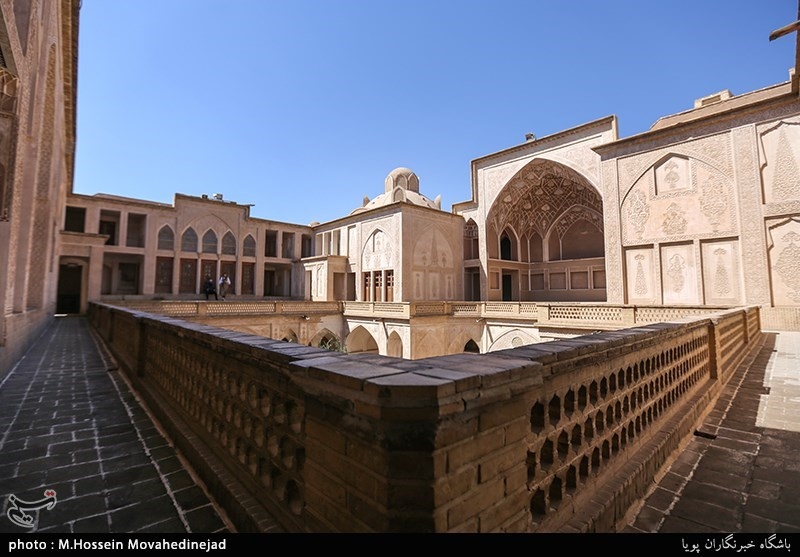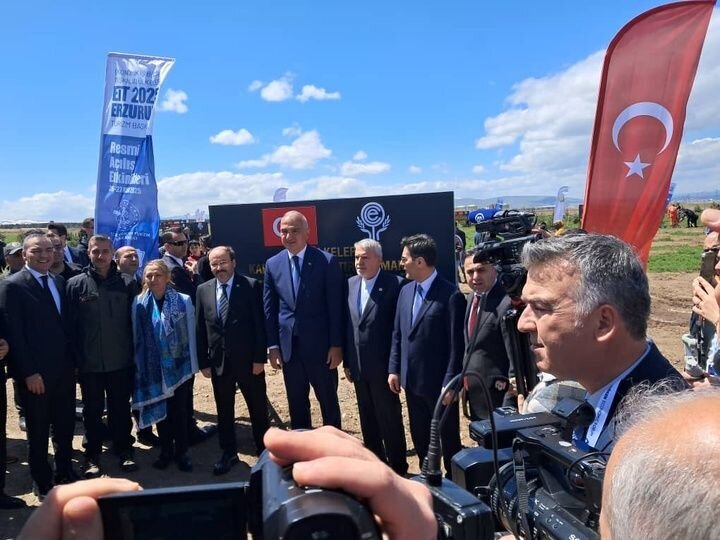
Similar Posts

Fahraj: Iran’s Pioneer in Accessible Tourism Villages!
Fahraj, a historic village in Yazd province, has been recognized as Iran’s first accessible tourism village, celebrating inclusivity for all visitors. This recognition was highlighted in a recent ceremony attended by officials and travel enthusiasts. Key improvements include accessible pathways, infrastructure upgrades, international signage, and accessible restrooms, enhancing the experience for tourists with disabilities. Fahraj is also a candidate for the UN’s Best Tourism Villages initiative for 2024, reflecting its commitment to sustainable tourism development. With 102 historical landmarks, including the Jameh Mosque, Fahraj offers a rich cultural experience and sets a standard for accessible tourism in the region.

Eco-Tourism Ministers Unite to Plant Symbolic Trees in Erzurum: A Green Initiative for Sustainable Travel
Tourism ministers from the Economic Cooperation Organization (ECO) gathered in Erzurum, Turkey, for a tree-planting ceremony that highlighted their commitment to sustainable tourism and regional collaboration. This event coincided with the 6th ECO Ministerial Meeting on Tourism, marking Erzurum as the ECO Tourism Capital for 2025. Iran’s tourism minister dedicated a tree to symbolize cultural cooperation and environmental responsibility. The initiative aims to promote responsible tourism practices, enhance economic growth, and boost local communities. Discussions during the meeting focused on environmental sustainability, cultural exchange, investment opportunities, and regional connectivity, reflecting a shared commitment to sustainable tourism in the ECO region.

New Direct Flights Connect Kish Island and Dushanbe: Explore the Easiest Travel Route!
Kish Airlines has launched direct flights between Kish Island in Iran and Dushanbe, Tajikistan, enhancing connectivity and strengthening bilateral relations. This new service is expected to boost tourism, trade, and cultural exchange between the two nations. The Embassy of Iran in Tajikistan emphasized the route’s significance for improved travel efficiency and business opportunities. Kish Island, known for its beautiful beaches and shopping, and Dushanbe, rich in cultural landmarks, stand to benefit from increased visitor traffic. Overall, the initiative marks a positive step in fostering closer ties and collaboration between Iran and Tajikistan.

Discover Geno Mountain: The Ultimate Eco-Tourism Paradise for Adventure Seekers!
Geno Mountain, located 30 km northwest of Bandar Abbas in Hormozgan province, stands over 2,300 meters high, making it the sixth tallest peak in the area. Declared a protected zone in 1972 and recognized by UNESCO, it spans 43,000 hectares and boasts rich biodiversity, including diverse flora and fauna like the Persian leopard and various bird species. The mountain’s warm water spring, rich in minerals, is known for its therapeutic benefits, particularly for skin and joint issues, and has become a health tourism destination. With its cooler climate and stunning landscapes, Geno Mountain is a unique retreat for nature and wellness enthusiasts.

Discover the Stunning Saheb Alamr Mosque: A Jewel of Tabriz, Iran
The Sahebol-Amr Mosque in Tabriz, East Azarbaijan, is an architectural marvel with a rich history dating back to 1636, constructed under Safavid king Tahmasp I. Despite its cultural significance, the mosque faced destruction during an invasion by Ottoman ruler Murad IV in 1638 and was later damaged by an earthquake. Architect Goli Khan Danbali led its restoration, preserving its beauty and heritage. The mosque also has historical ties to Mithraism, enhancing its cultural importance. Today, it serves as a religious site and a cultural hub featuring a calligraphy and Quran museum, attracting visitors interested in Iran’s rich heritage.

Iran Pursues UNESCO Recognition for Stunning Mirrorwork Art and Historic Falak-ol-Aflak Fortress
Iran has submitted two significant cultural heritage dossiers to UNESCO for inclusion on the World Heritage List: the ancient art of mirrorwork, or Ayeneh-kari, and the historic Falak-ol-Aflak Fortress in Lorestan province. Deputy Minister of Cultural Heritage Ali Darabi expressed optimism about their recognition in the upcoming evaluation round. Ayeneh-kari, dating back 2,700 years, showcases intricate mirror designs in palaces and mosques, while the Falak-ol-Aflak Fortress, with its impressive bastions and surrounding landscape, symbolizes Iran’s rich cultural heritage. Both entries aim to enhance global appreciation of Iran’s historical and artistic contributions and boost regional tourism.